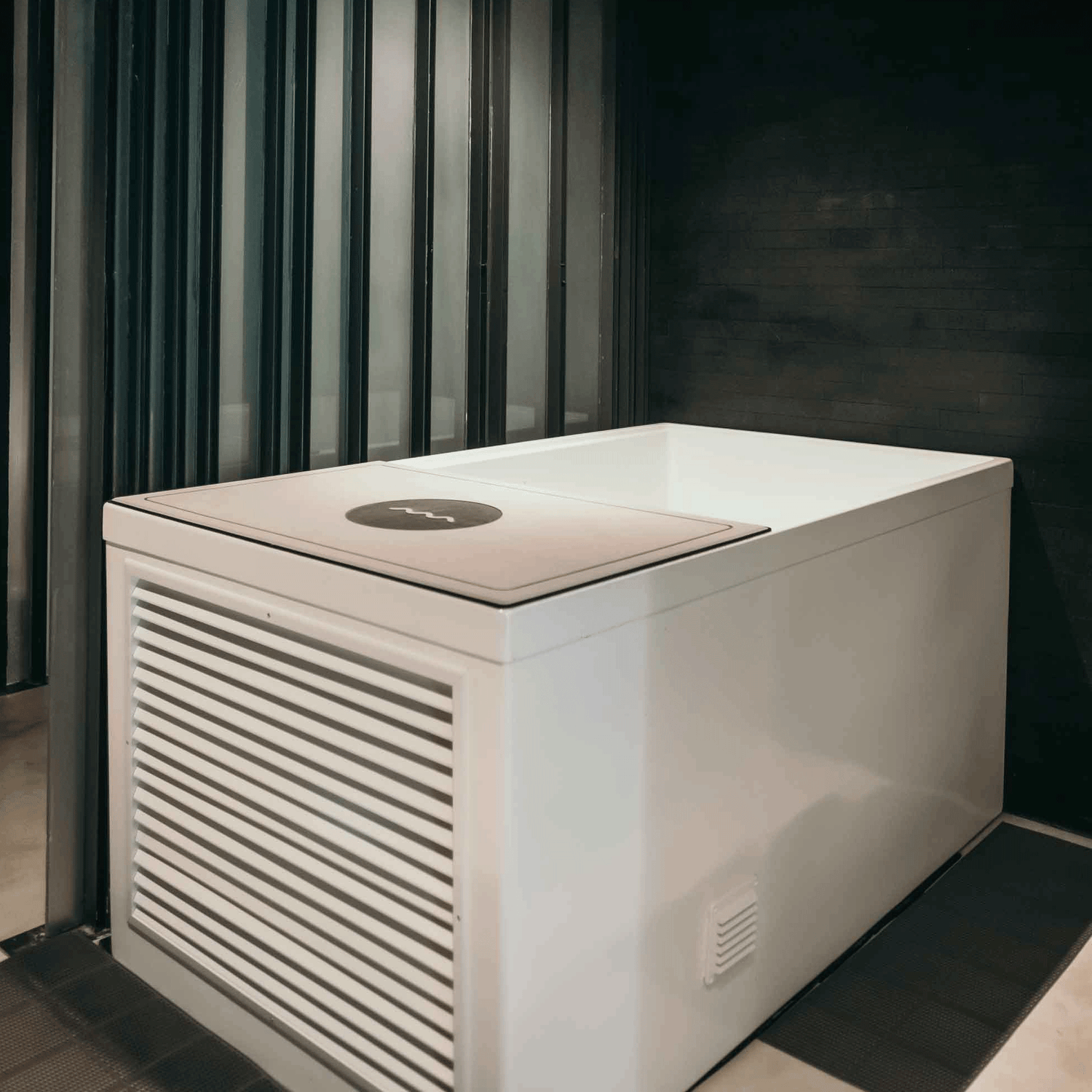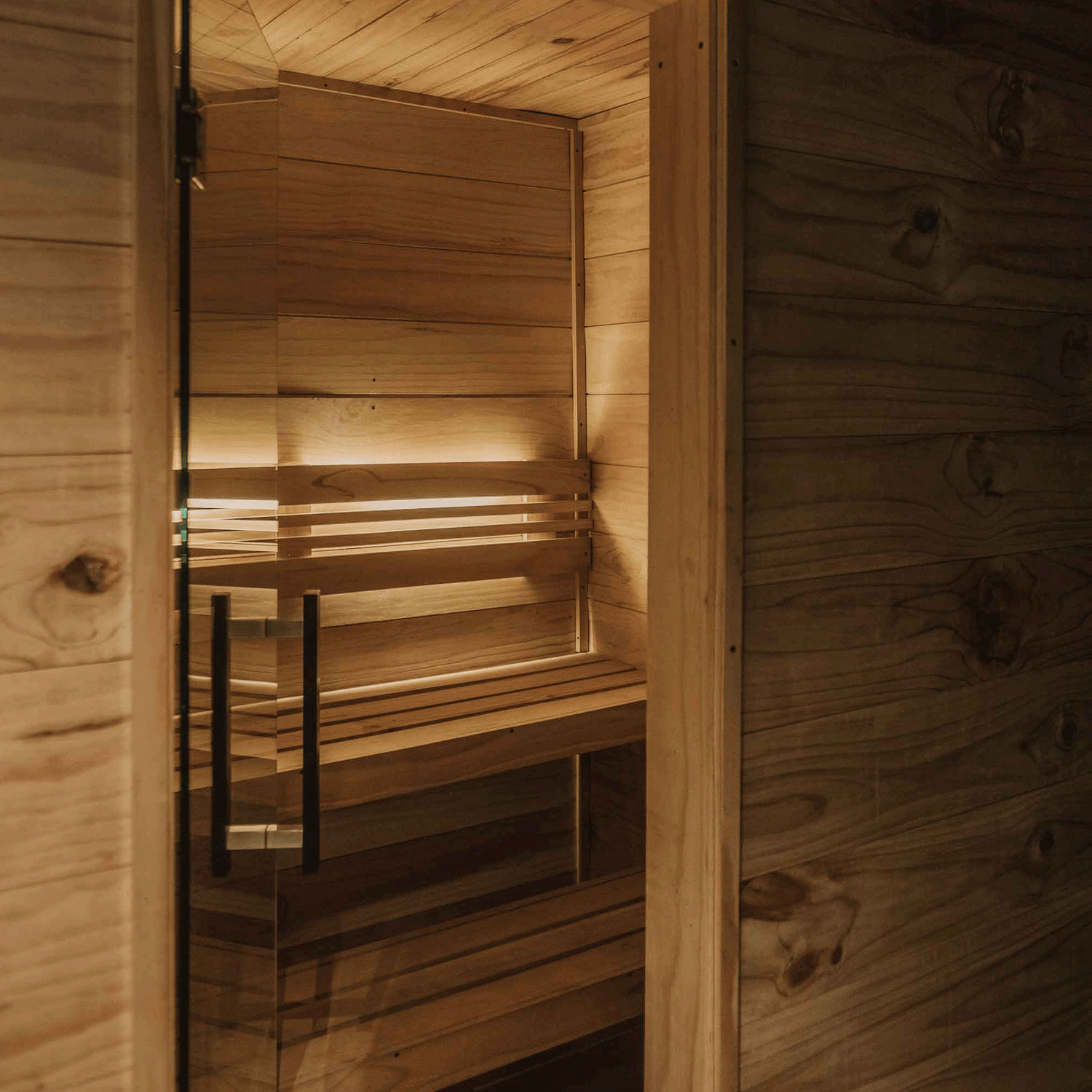5 key benefits
How Ice Bath Therapy Can Help You

Eases sore and aching muscles
The greatest benefit of ice baths, most likely, is that they simply make the body feel good. After an intense workout, the cold immersion can be a relief to sore, burning muscles.
Helps your central nervous system
An ice bath can also help your central nervous system by aiding in sleep, and consequently, making you feel better from having less fatigue. Plus, it can help improve reaction time and explosiveness in future workouts.
Limits the inflammatory response
By decreasing the local temperature after exercise ice baths can help limit inflammatory response, decreasing the amount of inflammation and helping you recover faster.
Trains your vagus nerve
One of the main benefits of an ice bath is being able to train your vagus nerve.The vagus nerve is linked with the parasympathetic nervous system, and training it can help you face stressful situations more adequately.
May ease symptoms of depression
Cold water is not a cure for any mental health condition. But certain case studies suggest that cold open water swimming has helped alleviate symptoms of depression and anxiety in some people.
-
Beginner
We recommend to start with 15 to 30 seconds and work your way up to 1 minute
-
Advanced
Start with 2 to 3 minutes and work your way up to 5 to 10 minutes
If entering the ice bath directly from the sauna it is recommended to NOT exceed 1 minute in the ice bath.
5 Key Benefits
How Sauna Can Help You

Improves Heart Health
In the high temperatures of a sauna, skin heats up and core body temperature rises. In response to these increased heat levels, the blood vessels near the skin dilate and “cardiac output/circulation” increases. Medical research has told us that the heart rate can rise from 60-70 bpm (beats per minute) to 110-120 bpm in the sauna (140-150 bpm with more intensive bathing), and can often sink to below normal after the cooling off stage. Regular sauna usage has been shown to reduce the risk of all-cause mortality and fatal cardiac incidents along with reduced risk of stroke and hypertension.
Burn calories
Saunas are simply treated as one of many tools in our arsenal when it comes to burning additional calories. The sweating process itself requires a notable amount of energy. That energy is derived from the conversion of fat and carbohydrates in a bodily process that burns up calories. According to U.S. Army medical research (Ward Dean, M.D.), “A moderately conditioned person can easily sweat off 500 grams in a sauna in a single session, consuming nearly 300 calories in the process.” The body consumes said calories due to the acceleration of heart activity (see section 2 on Heart Health). As heart activity increases and as these processes demand more oxygen, the body begins to convert more calories into usable
Flux toxins and cleanses skin
Due to the heat of a sauna, the core body temperature begins to rise. Sweat production is primarily designed to cool the body, and is composed of 99% water. However, deep sweating in a sauna can help reduce levels of lead, copper, zinc, nickel, mercury and chemicals - which are all toxins commonly absorbed just from interacting with our daily environments. Heat bathing is one of the oldest beauty and/or health strategies in terms of cleansing one’s skin. When the body begins to produce sweat via deep sweating, the skin is then cleansed and dead skin cells are replaced - keeping your skin in good working condition. Sweating rinses bacteria out of the epidermal layer and sweat ducts. Cleansing of the pores has been shown to improve the capillary circulation, while giving the skin a softer-looking quality.
Induce deeper sleep
Research has shown that a deeper, more relaxed sleep can result from sauna use. In addition to the release of endorphins, body temperatures that be come elevated in the late evening, fall at bedtime. This slow, relaxing decline in endorphins is key in facilitating sleep. Sauna bathers worldwide enjoy the deep sleep experiences resulting from the calming heat of an evening sauna.
Aid in recovery after exercise
Saunas relax muscles and soothe aches/pains in both muscles and joints. Under the high-heat provided by a sauna, the body releases endorphins which can minimize pain and is often associated with a “runner’s high.” As the body temperature rises in the heat of the sauna, blood vessels dilate allowing for increased blood circulation, which in turn speeds the body’s natural healing process. After physical activity, use the heat and steam of a sauna to promote muscle relaxation by helping to reduce muscle tension and eliminate lactic acid and other toxins that may be present.
Reminder
It is important to take a shower before entering the ice bath. Swimwear must be worn throughout session.

